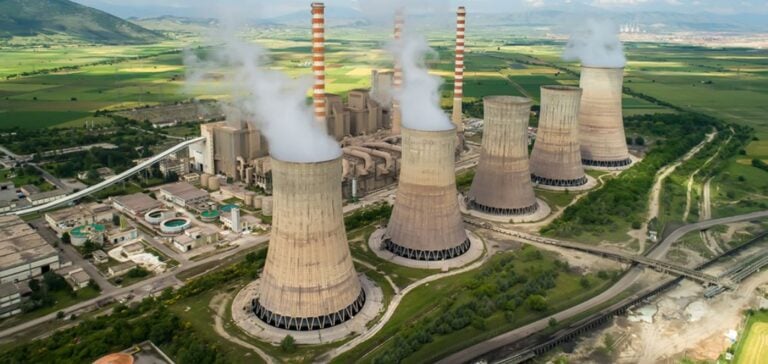This summer, U.S. nuclear facilities experienced a significant drop in offline capacity despite intense weather events. According to the U.S. Energy Information Administration (EIA), U.S. nuclear capacity offline averaged 2.6 gigawatts per day (GW/day), marking a 16% decrease from the previous summer’s average of 3.1 GW/day. This reduction in unplanned outages helped stabilize production even amid peak energy demand.
EIA data shows that outages peaked between mid-July and early August, with an average of 3.1 GW/day, reaching 5.7 GW on August 31. Nonetheless, even under extreme conditions, the sector performed better than last year due to fewer unplanned failures. In fact, 39 unplanned outages were recorded in 2024, compared to 55 the previous year.
Maintenance and Refueling: An Optimized Schedule
The summer period, marked by high electricity demand, generally prompts nuclear plants to avoid maintenance and refueling outages. According to the EIA, this strategy allows for maximizing unit availability when demand is highest, during summer and winter.
However, several facilities have scheduled refueling operations for the second half of the year. According to the Nuclear Regulatory Commission (NRC), nearly 20% of U.S. nuclear capacity, or approximately 20 GW, is currently offline for these operations, exceeding the five-year average outage range of 15.5 GW to 18.5 GW.
Weather Events’ Impact on Outages
Unplanned outages, often caused by internal failures or external factors such as weather conditions, were influenced by this year’s extreme weather events. In September, Hurricane Helene caused disruptions at two nuclear plants, underscoring the impact of natural events on the resilience of the U.S. nuclear grid.
Upward Trend in Refueling Toward Year-End
According to S&P Global Commodity Insights data, the United States is expected to experience an increase in refueling operations during the second half of 2024 compared to the previous year. The first half of the year saw fewer refueling stops, but the trend reversed in the latter part, necessitating more planned outages.
Refueling outages this year show a slightly reduced average duration. In 2023, refueling operations averaged 38 days, while the 2024 average is 34 days as of the latest EIA data at the end of July. However, certain units, such as Sequoyah 2 in Tennessee and Surry 1 in Virginia, experienced extended refueling periods, reaching 59 and 58 days, respectively.






















